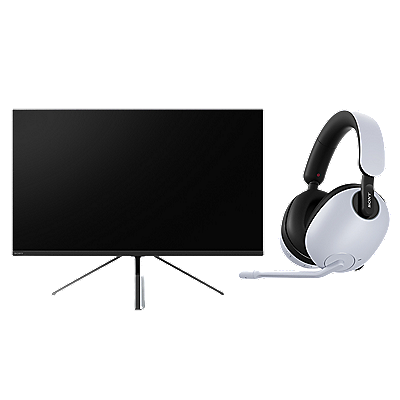As part of its efforts to conserve resources, Sony is working to significantly reduce the amount of plastic used in the packaging of its headphones.
Initiative 1
As part of our wide-ranging renewal efforts, we are changing the outer packaging of existing models from plastic to paper. In particular, the outer packaging of the MDR-EX15AP has been redesigned to reduce total plastic usage from approximately 96% to less than 5%.

[1] Before renewal [2] After renewal

[1] Before renewal [2] After renewal
The individual carton design previously used PP (plastic) lamination which prevented recycling. This has been replaced with an abrasion-resistant varnish that allows the carton to be recycled.
[1] Process of PP lamination of paper surface
[2] Applying UV varnish with print technology

Initiative 2
Sustainability was one of the product design themes for the WF-1000XM4, achieving the first major reduction in plastic packaging in our headphone series. The polythene bag and blister tray for the earpiece and cable were replaced with paper, marking the first use of a paper tray in the headphone series. The scratch-resistant EVA and insulating sheet, previously plastic, have also been replaced with paper material.
Our innovative blended paper packaging is designed for true sustainability, from production to recycling. With the exception of the label, the WF-1000XM4 packaging is entirely made using "Original Blended Material".

Produced from recycled paper and sustainable forestry

Diverse packaging components are all created using the blended material, allowing easy and accessible recyclability
Electrical Manager/Project Manager
Mobile Product Business Division,
Home Entertainment and Sound Products Business Group
Sony Corporation

A few years ago when I was put in charge of this model, I was concerned about the dead space in the packaging and the thickness of the instruction manual, and I wanted to improve it. From market research in the region and countries, people saying that they wanted to buy products with environmentally conscious design policies was a big motivation for us.
The team considered reduction of the dead space in the packaging, and the expressions used in the instruction manual. There are cost issues with the use of environmentally friendly materials, but we were able to overcome these by downsizing the entire product and reducing the area of packaging materials. I think downsizing also reduces the environmental impact at shipping time.
I'm proud that we were able to create a product that not only satisfies our customers, but also considers the environment. I'd like to thank everyone involved for their cooperation during the coronavirus pandemic.

Mechanical Manager
Mobile Product Business Division,
Home Entertainment and Sound Products Business Group
Sony Corporation
I've worked on many Sony headphone packages, but I think WF-1000XM4 "100% plastic-free packaging" is a Sony first, and possibly even an industry-leading environmental measure.
Until now it's always been taken for granted that packaging was plastic, but the rule on this occasion that the packaging must be 100% plastic-free makes the design drastically more difficult.
Through discussing ideas, and solving the issues raised one by one, we were finally able to deliver a package that uses no plastic at all.
We want to continue pursuing environmentally conscious packaging in the future.
Learn more about Sony's technology


























